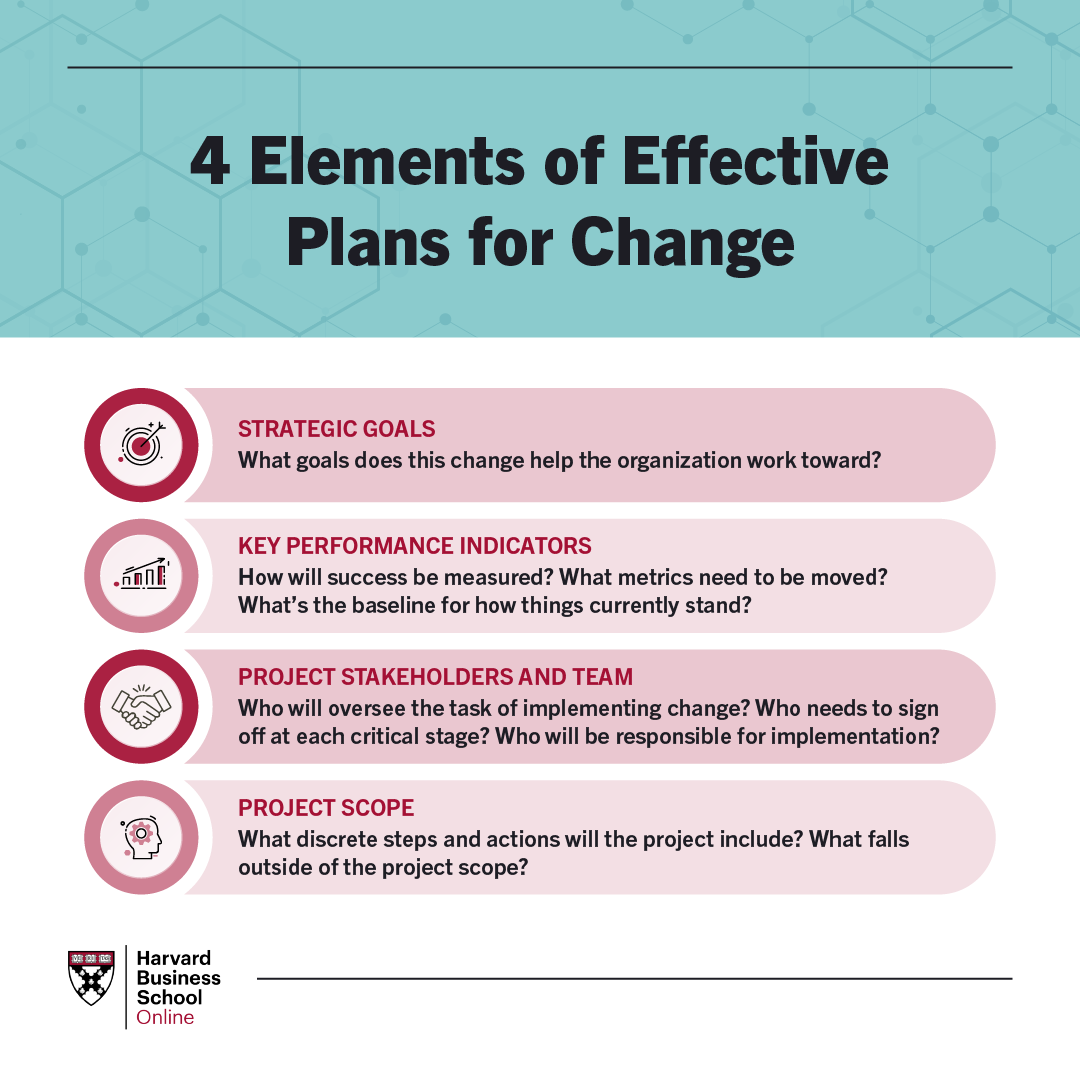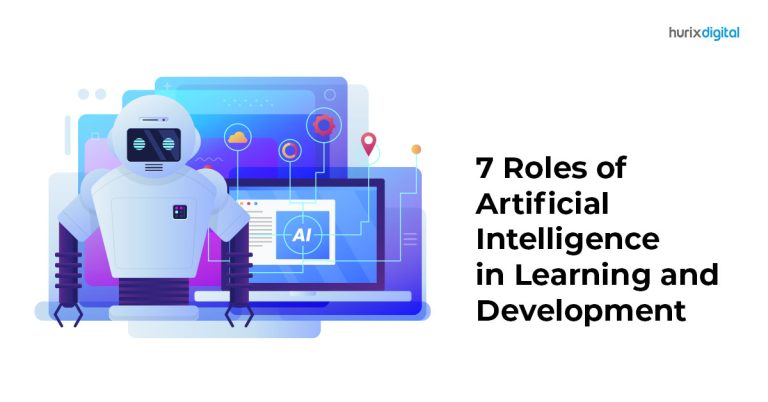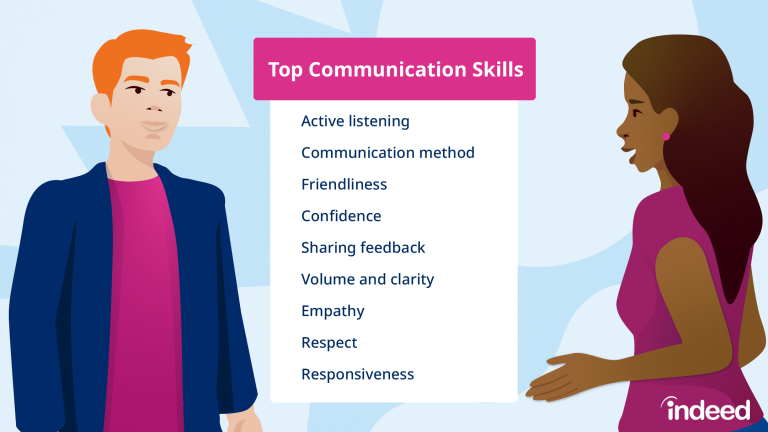Change Management Tips for Successful AI Implementation: Proven Strategies
Implementing AI can be challenging. Change management is essential for success.
Adopting AI involves more than just technology. It requires a shift in mindset and processes. Without proper change management, AI projects often fail. Employees may resist new systems, fearing job losses or complexity. Effective change management ensures smooth transitions and boosts acceptance.
This guide offers practical tips to help you navigate the change. Learn how to communicate, train, and support your team. Successful AI implementation starts with strong change management strategies. Let’s explore how to achieve this together.

Credit: www.dalecarnegie.com
Preparing For Ai Integration
Implementing AI in your business can feel like stepping into the future. But, it’s not just about adopting cutting-edge technology. Successful AI integration requires thorough preparation. Let’s explore some change management tips to ensure a smooth transition.
Assessing Current Capabilities
Before diving into AI, it’s crucial to evaluate your current setup. Take a close look at your existing systems, processes, and skills. Are they ready for AI?
- Identify Strengths: What are your business’s strong points? These could be advanced IT systems, skilled staff, or efficient processes.
- Spot Weaknesses: Where does your business lag? It could be outdated software, lack of data, or minimal tech expertise.
By understanding your strengths and weaknesses, you can create a plan that leverages what you have and addresses what you need. A thorough assessment will prevent nasty surprises down the road.
Setting Clear Objectives
Think about why you want to implement AI. What do you hope to achieve? Setting clear objectives is key to a successful AI integration.
- Define Goals: Do you want to improve efficiency, enhance customer experience, or cut costs? Be specific about your goals.
- Set Metrics: How will you measure success? Use metrics like time saved, error reduction, or customer satisfaction scores.
- Align with Business Strategy: Ensure your AI objectives align with your overall business strategy. This will keep everyone on the same page.
Clear objectives will guide your AI journey and help you stay focused. They act like a roadmap, showing you where to go and how to get there.
Preparing for AI integration involves more than just installing software. It’s about understanding your current capabilities and setting clear, achievable objectives. With these steps, you’ll be well on your way to successful AI implementation. Ready to take the plunge?

Credit: online.hbs.edu
Building A Skilled Team
Building a skilled team is crucial for successful AI implementation. A well-prepared team ensures smooth transitions and effective use of AI technologies. This section outlines the necessary steps to build a competent team ready for AI integration.
Identifying Key Roles
First, identify the key roles necessary for AI implementation. These roles include data scientists, machine learning engineers, and AI specialists. Each role plays a vital part in developing and maintaining AI systems. Ensure you have individuals who understand data processing and algorithm development.
Additionally, consider roles like project managers and IT support. Project managers oversee the implementation process, ensuring timelines and goals are met. IT support helps with technical issues, ensuring the AI system runs smoothly. Together, these roles form the backbone of your AI team.
Providing Necessary Training
Once you have identified key roles, provide the necessary training. This helps your team stay updated with the latest AI technologies and techniques. Offer courses and workshops on machine learning, data analysis, and algorithm development. Hands-on training sessions are also beneficial for practical learning.
Encourage continuous learning and development. AI is a rapidly evolving field, and staying updated is crucial. Provide access to online resources, webinars, and industry conferences. This ensures your team remains knowledgeable and capable of handling new challenges.
Effective Communication Strategies
Implementing Artificial Intelligence (AI) in an organization can be a game-changer, but it also comes with its own set of challenges. One of the most critical aspects of successful AI implementation is effective communication. Without clear and consistent communication, even the best AI strategies can fall flat. In this section, we’ll explore some Effective Communication Strategies to ensure your AI implementation is a success.
Engaging Stakeholders
Engaging stakeholders from the very beginning is crucial. These are the people who will be most affected by the changes AI brings. They need to feel involved and heard. Imagine you’re planning a surprise party for a friend. You wouldn’t want to plan everything without asking their closest friends for input, right? The same goes for AI implementation.
- Identify Key Stakeholders: Make a list of people who will be directly or indirectly affected by the AI project.
- Regular Updates: Keep stakeholders in the loop with regular updates. This could be through emails, meetings, or even a project management tool.
- Feedback Mechanisms: Create channels for stakeholders to provide feedback. This not only makes them feel valued but also gives you insights into potential issues.
Maintaining Transparency
Transparency is not just a buzzword; it’s a necessity. When people understand what’s happening and why, they are more likely to support the changes. Remember the last time you were left in the dark about something important? It didn’t feel good, did it? The same applies to your team during AI implementation.
- Open Communication: Be open about the goals, processes, and challenges of the AI project. This builds trust and reduces resistance.
- Clear Documentation: Ensure all documentation related to the AI project is accessible. This includes project plans, timelines, and expected outcomes.
- Regular Check-Ins: Schedule regular check-ins to discuss progress, address concerns, and celebrate small wins. This keeps everyone aligned and motivated.
By focusing on engaging stakeholders and maintaining transparency, you can create a culture of trust and collaboration. This not only makes the AI implementation smoother but also increases the likelihood of long-term success. Remember, effective communication is the glue that holds everything together.
| Strategy | Description |
|---|---|
| Identify Key Stakeholders | Make a list of people who will be directly or indirectly affected by the AI project. |
| Regular Updates | Keep stakeholders in the loop with regular updates. |
| Feedback Mechanisms | Create channels for stakeholders to provide feedback. |
| Open Communication | Be open about the goals, processes, and challenges of the AI project. |
| Clear Documentation | Ensure all documentation related to the AI project is accessible. |
| Regular Check-Ins | Schedule regular check-ins to discuss progress, address concerns, and celebrate small wins. |
Managing Resistance To Change
Implementing AI in any organization can be challenging. One major hurdle is managing resistance to change. Employees may feel unsure or anxious about new technologies. Addressing these concerns is crucial for successful AI integration.
Addressing Concerns
It’s important to listen to your employees’ concerns. Create open channels for feedback. Hold regular meetings to discuss the AI implementation process. Explain how AI will benefit both the organization and employees. Transparency helps in building trust. Addressing fears directly can reduce anxiety and resistance.
Promoting A Growth Mindset
Encourage a growth mindset among your team members. Highlight the learning opportunities AI brings. Offer training sessions to help employees get comfortable with new tools. Showcase success stories of AI implementation in similar fields. This can motivate employees to embrace AI as a chance for growth. A supportive environment fosters acceptance and enthusiasm.
Monitoring And Adjusting
Implementing AI successfully requires ongoing monitoring and adjustments. It’s not a one-time task. Regular checks ensure the AI functions as expected. Adjustments help refine processes and improve efficiency. Let’s explore some key areas to focus on.
Tracking Progress
Tracking progress is vital for successful AI implementation. Set clear, measurable goals. Use analytics tools to monitor AI performance. Regular reports help identify trends and issues. Compare current performance with initial goals. This helps keep the project on track. Make adjustments based on data.
Adapting To Feedback
Feedback is essential for refining AI processes. Collect feedback from users and stakeholders. Pay attention to their experiences and suggestions. Analyze the feedback for common themes. Make necessary adjustments to improve AI performance. Continuous improvement leads to better results.

Credit: dalecarnegie.com.sg
Frequently Asked Questions
What Is The Role Of Change Management When Implementing Ai?
Change management ensures smooth AI integration by addressing employee concerns, providing training, and aligning AI with business goals. It minimizes resistance and enhances adoption.
What Are The 5 C’s Of Change Management?
The 5 C’s of change management are Clarity, Communication, Collaboration, Commitment, and Continuous Improvement. These elements ensure successful change.
What Are The 7 C’s Of Change Management?
The 7 C’s of change management are clarity, communication, collaboration, commitment, connection, creativity, and celebration. These principles guide successful change initiatives.
Conclusion
Embracing AI requires careful change management to ensure success. Engage employees early in the process. Provide clear communication and training. Address concerns and gather feedback regularly. Celebrate small wins to build momentum. Adapt strategies as needed for continuous improvement. Effective change management leads to smooth AI integration, enhancing productivity and innovation.
Focus on collaboration and flexibility. This approach helps organizations reap the benefits of AI efficiently.




